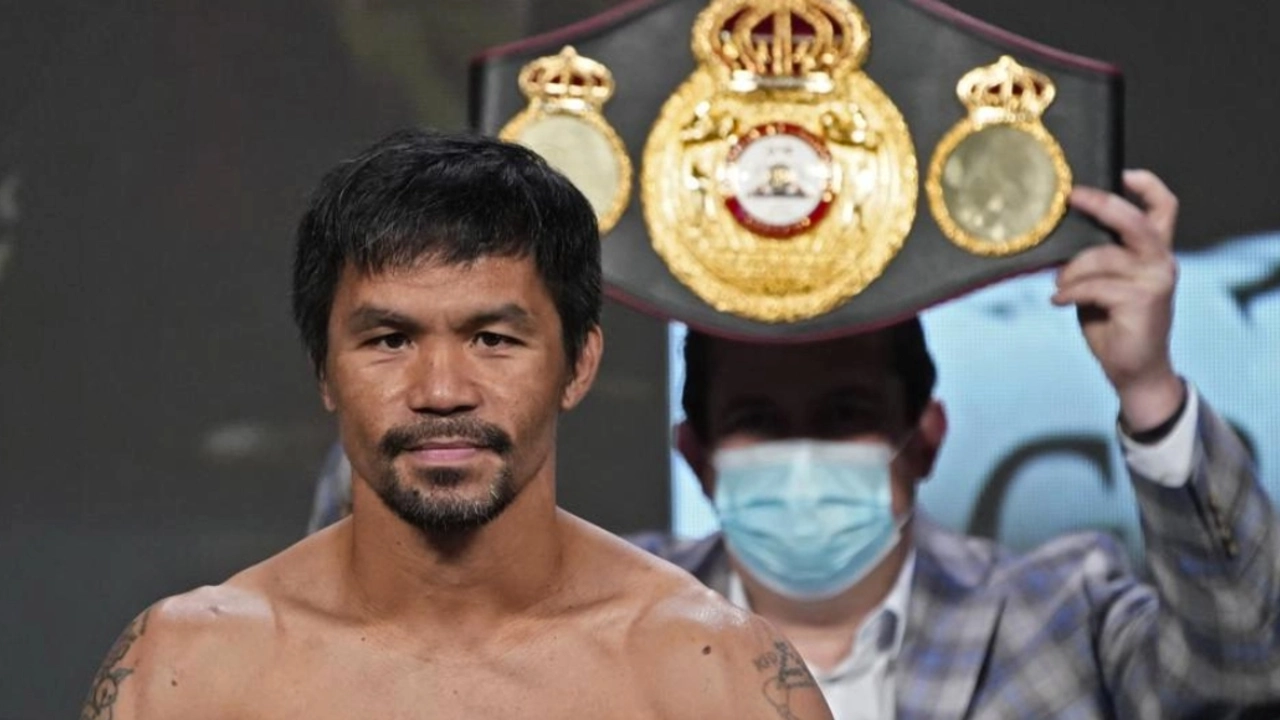Health Concerns in Boxing: What Every Fan Should Know
Boxing is thrilling, but it also brings real health concerns. If you love the sport, you probably wonder how often fighters get hurt and what the worst injuries look like. This guide breaks down the most common health risks, explains why they happen, and shares simple steps fighters take to stay safe.
Common Injuries and Why They Matter
Every time a glove lands, the brain inside the skull moves. That sudden motion can cause a concussion. A concussion isn’t just a headache; it can affect memory, balance, and reaction time. Repeated concussions may lead to chronic traumatic encephalopathy (CTE), a condition that shows up years after retirement.
Besides head trauma, boxers often face broken noses, jaw fractures, and swollen eyes. These injuries happen because punches concentrate force on a small area. The skin and bone can only take so much before they crack. For amateurs, the risk is higher because they sometimes skip proper warm‑ups or use the wrong gloves.
Another hidden danger is overtraining. Long hours in the gym wear down muscles, joints, and tendons. Shoulder rotator cuffs and knee ligaments are especially vulnerable. When a fighter pushes through pain, they set themselves up for chronic pain that can linger long after the last bout.
How Fighters Guard Against Health Risks
Modern boxing teams use a mix of equipment, routine checks, and smart training to cut down health concerns. Mouthguards protect teeth and reduce shock to the jaw, which also helps the brain. Headgear is standard in many amateur contests, lowering the chance of cuts and bruises.
Before every fight, a medical exam screens for concussion signs, vision issues, and other red flags. If a boxer shows any symptoms, they’re pulled from the ring. After a knockout, a boxer must wait a set period—usually 30 to 45 days—before stepping back into the gym. This cooling‑off period lets the brain recover.
Training programs now focus on functional strength, flexibility, and recovery. Fighters do short, high‑intensity drills instead of endless sparring sessions. They also include yoga or mobility work to keep joints healthy. Nutrition and sleep get equal attention because they speed up tissue repair.
For fans, knowing these health concerns helps you watch smarter. If a boxer looks dazed or keeps stumbling, it’s probably a sign of a concussion. Pay attention to the ringside doctor’s advice—if they stop a fight, they’re protecting the athlete’s long‑term health.
Boxing will always carry risk, but understanding the main health concerns and the steps taken to reduce them makes the sport safer for everyone involved. Stay curious, stay aware, and enjoy the action with a clear picture of what’s at stake.

Is there a boxer you wish had retired sooner than he did?
In my opinion, there are several boxers who should have hung up their gloves earlier than they did. These are fighters who pushed their bodies and minds beyond reasonable limits, resulting in severe health impacts. One such boxer is Muhammad Ali, who despite his legendary status, arguably fought past his prime, leading to long-term health issues. Another is Roy Jones Jr., who despite a stellar career, tarnished his legacy by continuing to fight well into his late 40s. It's crucial to remember that boxing is not just a sport, it's a dangerous game of life and health.
more
